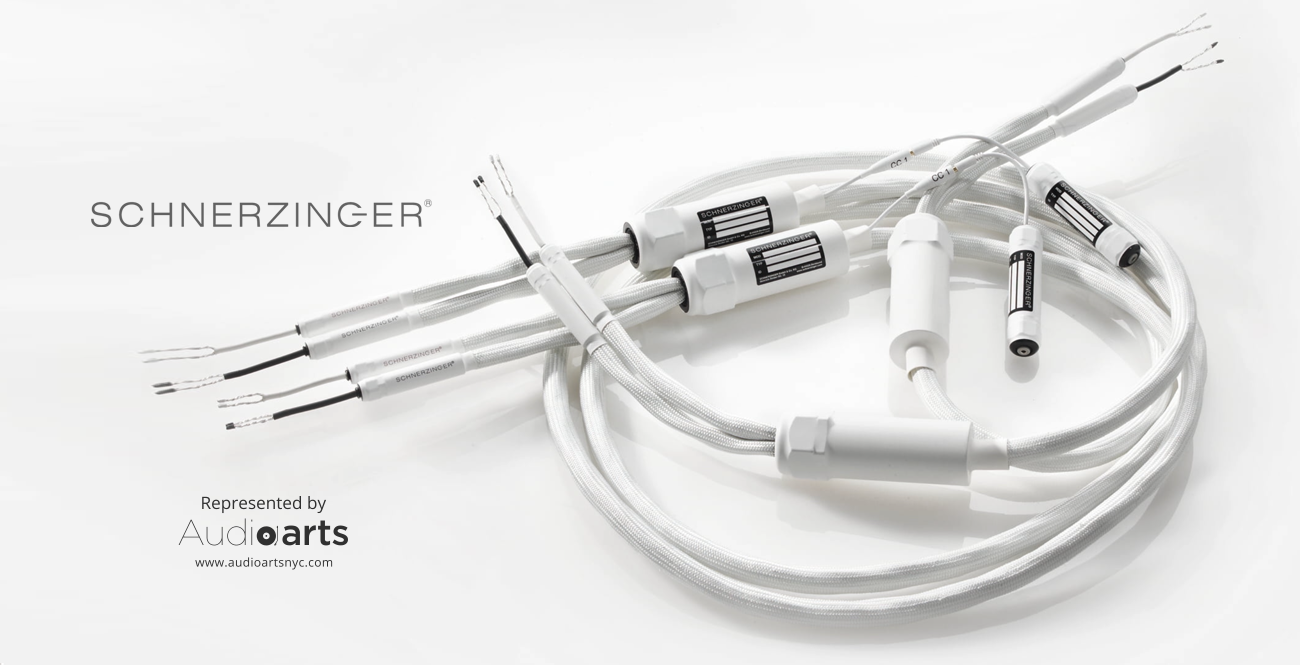After ‘charging’ the MULTIGUARD Master for 15 minutes by connecting it to AC power, I then unplugged it and moved it out of the room
You lost me here

After ‘charging’ the MULTIGUARD Master for 15 minutes by connecting it to AC power, I then unplugged it and moved it out of the room
The recommended use case is without any AC Power. Per the manual:Your MASTER is not powered??
In my testing, levels 1 and 2 made the sound worse, not better in some cases, so definitely follow the directions, start at 0 with all settings. Make changes one at a time.
Once the MULTI settles, I need to retry all the settings with the EMI and GRID.
Sorry, what do you mean here?The best sound one can get with current Schnerzinger cables is when 1 and 2 sound worse than 0.
Just that if „0“ sounds better than „1“ or „2“ in your chain, you usually have a better absolute sound quality than if „1“ or „2“ would sound better.Sorry, what do you mean here?
It's all goodJust that if „0“ sounds better than „1“ or „2“ in your chain, you usually have a better absolute sound quality than if „1“ or „2“ would sound better.
Try to understand it that way:
If you don’t need beta blockers, you’re usually more healthy than if you need them. Anyway the one who needs them is better off with them, than without.
Well said!Just that if „0“ sounds better than „1“ or „2“ in your chain, you usually have a better absolute sound quality than if „1“ or „2“ would sound better.
Try to understand it that way:
If you don’t need beta blockers, you’re usually more healthy than if you need them. Anyway the one who needs them is better off with them, than without.
And newer Schnerzinger cabling has a wider bandwidth than older Schnerzinger cabling, which usually has a higher bandwidth than non Schnerzinger cabling. Higher bandwidth has higher overall sound quality potential and makes side effects of stronger interference measures more or at all audible. This can lead to different (lower) intensity settings. Anyway, it just counts what one hears in his chain and situation. What the situation needs will sound better there, even if in another situation it would not. Hope I’m not sounding cryptic.
It's all good
Bottom line is they want you to use a complete Schnerzinger system which therefore mandates the use of their cables and BTW once you go down that path there is even a cable protector which they make .....that rabbit hole gets deeper and deeper
The other switches affect the timing and amplitude(I think) of the signal that is generated to counteract what it’s trying to fix. Yes, each position makes an audible difference. But it’s not about the “amount” of signal generated, I think it’s the nature of the signal generated. This is just an educated guess after reading all I could find (which is not that much).Regarding Grid Protector and EMI what switch has the most effect? Meaning is the power switch the one with the biggest effect or are the others also having such a (huge) potential?
The thing about cabling is that it should ideally be synergistic with the components and the desired sound one is trying to achieve.
We all have cable that allows that I use a complete loom of Master Built Ultra that I could have bought an entire sound system with. I also agree with Zeotrope's cable comment. Having said that I must admit that using Schnerzinger cable with these little black boxes is the ultimate fixI understand that many have to do this (tweak generally mainly tonality with cabling and/or compensate certain equipment’s special characteristics with again individual cabling).
Like those with active crossovers, with active speakers I have the luxury and option to more or less slightly modify tonality without changing cabling, so I can choose cabling by pure quality aspects and neutral tonality. But with non compensating components and by eliminating noticeably negative room effects that would need compensation, one even does not need this option. Then neutral, time/phase correct cabling suddenly improves everything - even what seemed contrastive - at the same time. Schnerzinger is such a cabling.
So I vote for fixing things that would need compensation first and then chose the best neutral cabling. This usually works best, but can be a journey.
| Steve Williams Site Founder | Site Owner | Administrator | Ron Resnick Site Owner | Administrator | Julian (The Fixer) Website Build | Marketing Managersing |

